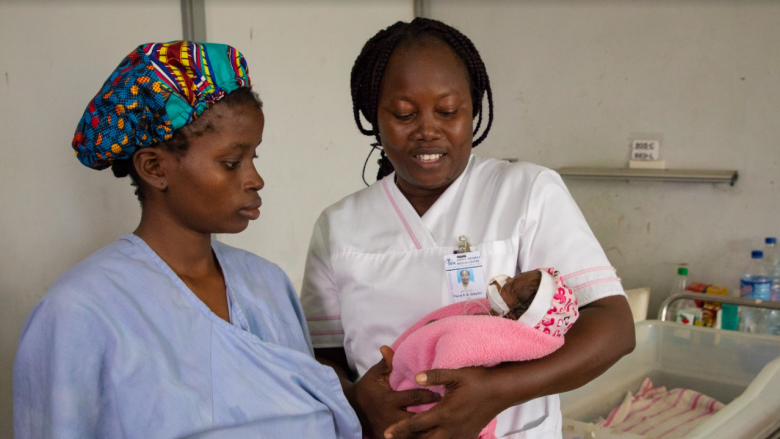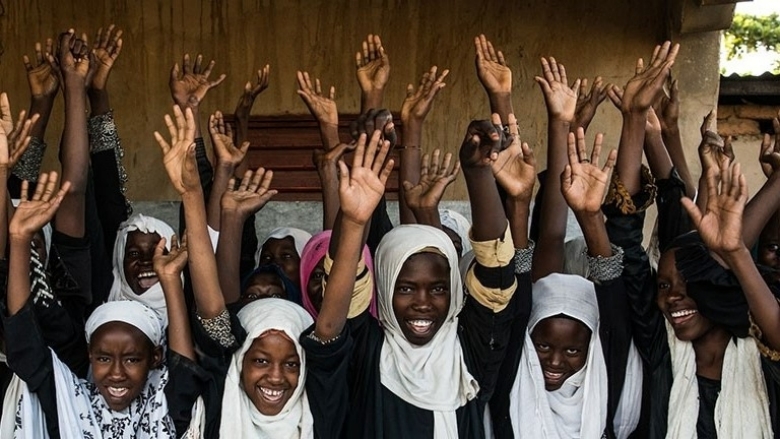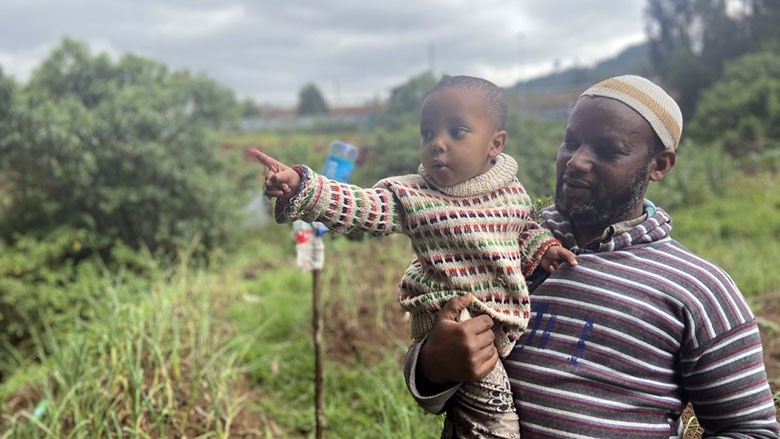Enabling people to achieve their potential
Putting people at the center of development, and protecting lives and livelihoods, lies at the core to the mission of the World Bank Group.
When people have access to quality education and training, health services and social protection and when women and girls benefit from better opportunities, they are better equipped to escape poverty and lead productive lives. They are also more resilient for when things go wrong and are better equipped to weather a pandemic or a climate shock.
Until the COVID-19 pandemic caused mayhem around the world, human development had recorded consistent progress, as evidenced by the Human Capital Index, which showed that several low-income countries made the biggest strides. But the impact of the pandemic has been devasting on so many, especially the poor and most vulnerable. In 2020, global extreme poverty rose for the first time in more than two decades, with nearly additional 100 million people pushed into extreme poverty – already high levels of inequality exacerbated even further.

In response, the World Bank Group deployed over $157 billion to fight the pandemic’s health, economic, and social impacts since the pandemic began – the largest crisis response of any such period in the Bank Group’s history. This includes support to manage the health emergency response, strengthen health systems, protect and recover learning, protect the poor and vulnerable, support businesses, create jobs and jump start a green, resilient, and inclusive recovery.
Countries are taking action to deliver better outcome for people across these areas, with the support of the World Bank.
Investing in people’s health by strengthening health systems
The COVID-19 crisis has placed further strain on already stretched health systems. In some places, disruptions to crucial maternal health services and routine childhood immunizations have led to increased levels of maternal and child mortality - resulting from indirect COVID-19 deaths. Interventions in a child’s early years like the Bank-funded project to address stunting in Rwanda are critical to ensure that infants get the nutrition they need to prevent lasting damage to their physical development and their ability to learn. “(Community health workers) help us to keep track of our children’s growth, regularly calling on us, and encouraging us to weigh our children. They have taught us what a balanced diet is and how to prepare it,” says a Rwandan mother who benefits from early childhood development services. Maintaining the continuity of such services during an emergency is crucial to prevent the life-long impact of malnutrition on young children.




